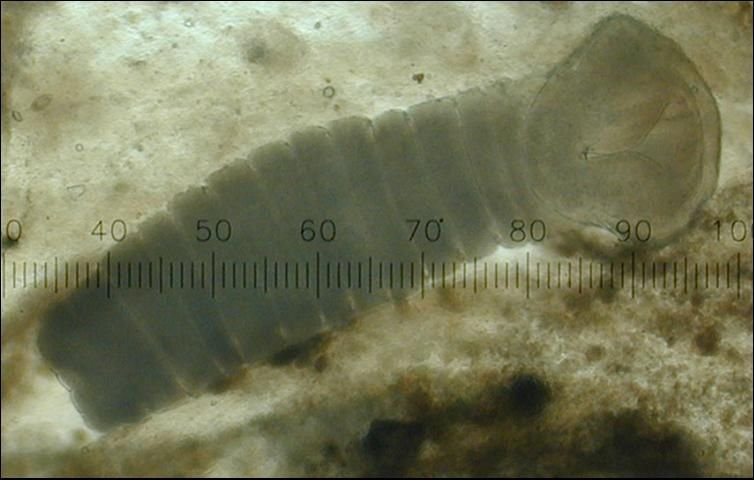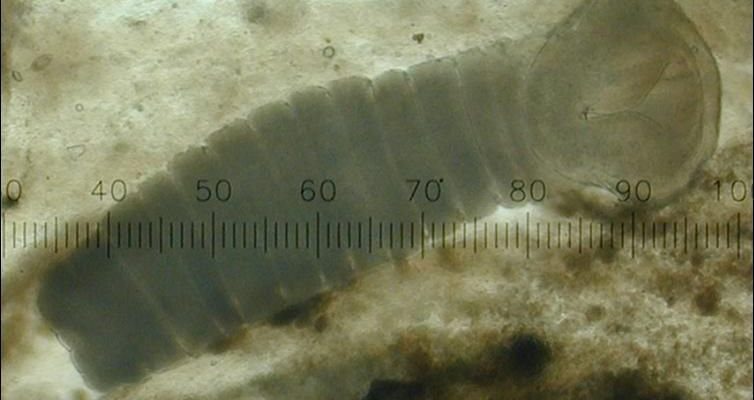
Using remote field cameras has become a popular method for observing wildlife without disturbing them. One such reliable option is the Bushnell Trophy Cam, which offers high-quality video and easy setup. It’s like having a pair of eyes watching everything from a safe distance. So, how do we effectively document guppy tapeworms using these cameras? Let’s dive into that, shall we?
Why Study Guppy Tapeworms?
Before we jump into the technical stuff, let’s talk about why documenting guppy tapeworm behavior is important. Guppy tapeworms, though tiny, play a significant role in their ecosystems. They can affect the health of the host guppies, altering their behavior and overall well-being. Studying them helps us understand *not just* their lifecycle but also the broader implications for fish populations and the aquatic food chain.
By observing guppy tapeworms in their natural habitat, we can gather valuable insights on their feeding habits, growth stages, and interactions with guppies. This knowledge can lead to better understanding fish health management and conservation strategies. Plus, who wouldn’t want to know what’s happening under the surface of their favorite aquarium or pond?
Getting Started with Field Cameras
Before you start documenting, you’ll need to gather some essential equipment. Think of this as your mission kit. A remote field camera, like the aforementioned Bushnell Trophy Cam, is a top choice. It’s designed for easy setup and offers fantastic image quality. These cameras can capture both photos and videos, giving you a complete view of the action.
Here’s what you should keep in mind when choosing and setting up your camera:
- Resolution: Higher resolution means clearer images. Look for cameras that offer at least 1080p.
- Battery life: You don’t want your camera dying on you mid-documentation. Choose one with long-lasting battery life.
- Motion detection: Since guppy tapeworms are small and somewhat elusive, a camera with good motion detection can help capture their movements without missing a beat.
- Weatherproofing: If you’re placing your camera outdoors, it should be able to withstand the elements.
Once you’ve got your camera, the next step is finding the perfect spot. Look for areas where guppies typically hang out. This could be near plants, rocks, or shaded regions in your aquarium or pond. Setting it up well ensures you catch those fascinating interactions between guppies and their uninvited tapeworm roommates.
Setting Up Your Field Camera
Now, let’s talk about the nitty-gritty of setting up your camera. You’ll want to ensure it captures the best angles and doesn’t miss any action.
1. Choose the Right Location: As mentioned earlier, pick a spot frequented by guppies. Observe their swimming patterns for a few days before setting up the camera.
2. Mounting the Camera: Position the camera at a height that gives a clear view. Make sure it’s securely mounted to avoid shifting or falling into the water.
3. Adjust Settings: Before activating the camera, adjust settings for motion detection sensitivity, video length, and image quality. Experiment with these settings to find what works best in your specific environment.
4. Test Runs: Do a few test runs to ensure everything is functioning correctly. Check if the camera catches movement and that the images or videos are clear.
This careful setup could be the difference between capturing the quirky behaviors of guppy tapeworms or missing out entirely.
What to Expect During Your Observation
Once your camera is set up and running, you might wonder what exactly to look for. Guppy tapeworms have quite an unusual lifestyle. They can often be seen clinging onto their guppy hosts. Watching this interaction offers a unique glimpse into the tapeworm’s feeding habits and effects on guppy behavior.
You might notice:
– Feeding Patterns: Tapeworms absorb nutrients from their hosts. This could be indicated by any changes in the guppies’ swimming behavior or health.
– Movement Dynamics: Observing how tapeworms attach to guppies can reveal their mobility and how they navigate their environment.
– Reproductive Behaviors: Depending on the tapeworm species, you may see behaviors related to reproduction. This could give insights into their lifecycle and migration patterns.
Documenting these details can lead to greater awareness of how parasitic relationships function within aquatic ecosystems.
Tips for Analyzing Footage
Once you’ve captured your footage, it’s time to dive into analysis. This part can be just as exciting as the actual documenting. Here are some tips to make the most out of your recorded data:
1. Organize Your Clips: Sort through your footage into categories—feeding behavior, interactions, and notable activities. This will make your analysis smoother.
2. Take Notes: Write down observations as you watch. Take note of any patterns or unusual behaviors that stand out.
3. Look for Changes: If you’re monitoring guppy health, compare your clips over time. Are the guppies exhibiting any stress signals? Do the tapeworms seem more or less active?
4. Share Your Findings: Once you’ve compiled your analysis, consider sharing it with others. Whether it’s an online forum, a local aquarium club, or a social media group, sharing helps spread knowledge.
By taking the time to analyze your footage, you’ll gain a deeper understanding of the fascinating world beneath the water’s surface.
Challenges You Might Face
While documenting guppy tapeworms can be thrilling, it’s not without its challenges. You might encounter some hurdles along the way. Here are a few common issues:
– Camera Malfunctions: Sometimes, technical issues arise. Make sure your camera’s battery is charged and that it’s correctly synced. Regularly check for any signs of malfunction.
– Environmental Factors: Changes in weather can affect visibility. Make sure your camera is positioned in a way that minimizes these impacts.
– Unexpected Movements: Guppies can be unpredictable! If they’re swimming in circles or darting around, it might be hard to capture specific interactions. Patience is key here.
– Tapeworm Visibility: These tiny creatures can often go unnoticed. They blend in with their surroundings or might not always be visible next to their hosts. Keep your expectations realistic.
Understanding these challenges helps prepare you, allowing you to adapt and still capture those important moments.
Documenting the behavior of guppy tapeworms using field cameras is not only a unique adventure but also a valuable contribution to our understanding of aquatic ecosystems. With a bit of patience and the right equipment, you can uncover the hidden interactions between these tiny parasites and their vibrant hosts. It’s like holding a front-row seat to a fascinating underwater drama.
So, grab your camera, find the perfect spot, and let the adventure begin! Remember, every observation contributes to a larger story, and who knows—you might discover something entirely new about these intriguing little creatures. Happy documenting!

